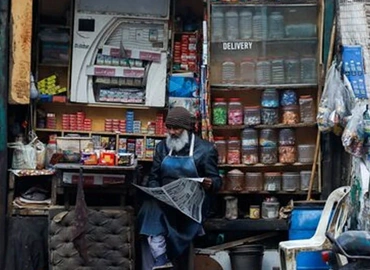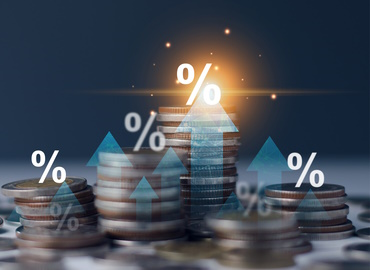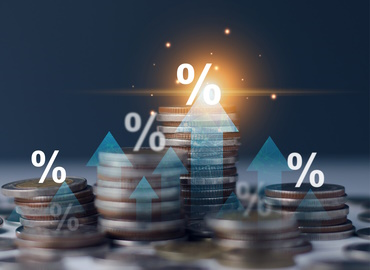Setting The Scene
Globally, Micro, Small and Medium Enterprises (MSMEs) play a pivotal role in the socioeconomic development of a country. Pakistan is no exception, where the MSMEs contribute 40 percent[1] in national GDP, 25 percent[2] in export earnings, 35 percent[3] in manufacturing value added and 80 percent[4] in the employment of non-agricultural labor force. The MSMEs are mainly concentrated in the trade, manufacturing and service sector. As far as women-run MSMEs are concerned, Pakistan has the lowest rate of female entrepreneurship in the world standing at 1 percent.[5]
Despite the immense significance of MSMEs in boosting socioeconomic development, their full potential remains untapped owing to several barriers. These barriers remain more arduous for women-run MSMEs in Pakistan. In this context, the randomly selected women respondents[6] of our survey reported a variety of internal and external barriers to exports. The respondents of our survey were mostly from the textile sector (40 percent). The rest reported exporting agricultural goods (20 percent), leather (13 percent), cosmetics and medicines (13 percent), footwear (7 percent) and food items (7 percent).
Majority of the exports by our respondents are shipped to European and South Asian markets (47 percent). However, this is lesser than the trend in total Pakistani exports (of which more than 50 percent is for these markets). Nonetheless, it is safe to infer that majority of the MSMEs in Pakistan are dependent on European and South Asian markets including women-led MSMEs. Moreover, about 33 percent of the respondents reported exporting to China followed by 20 percent to MiddleEast. For the most part, the export decision was based on market demand, market value and pro-trade regulations in destination markets.





